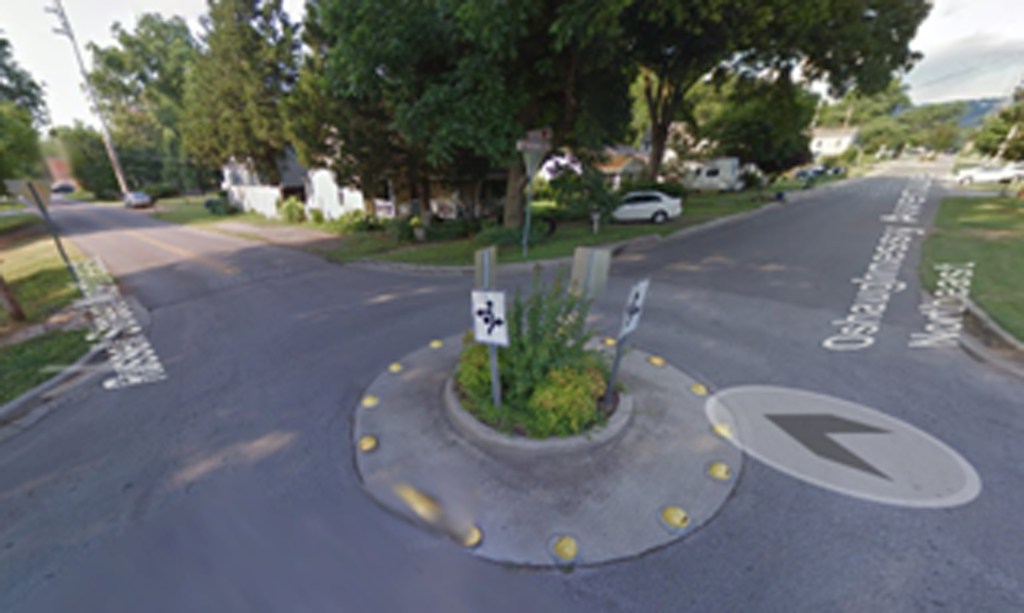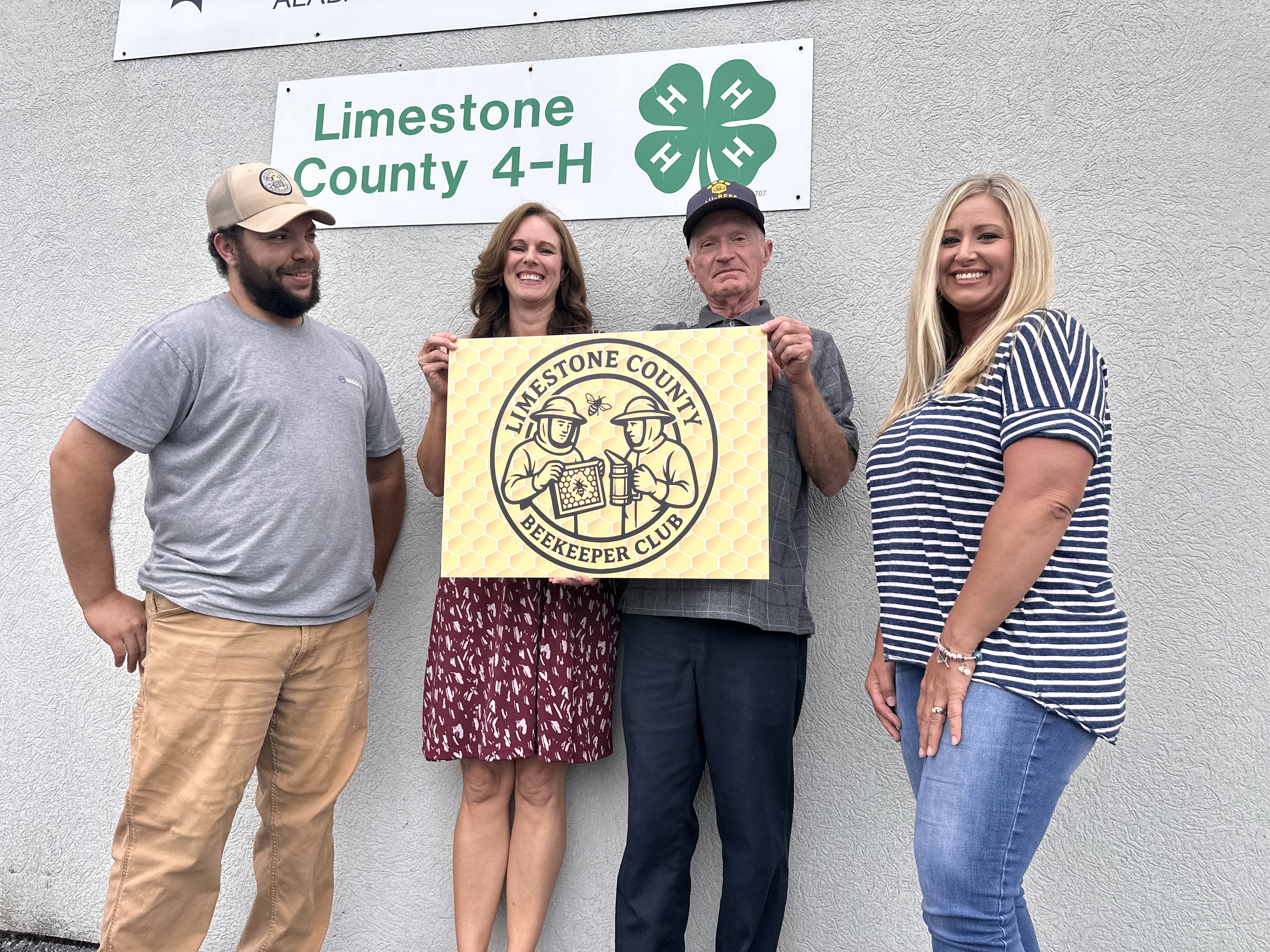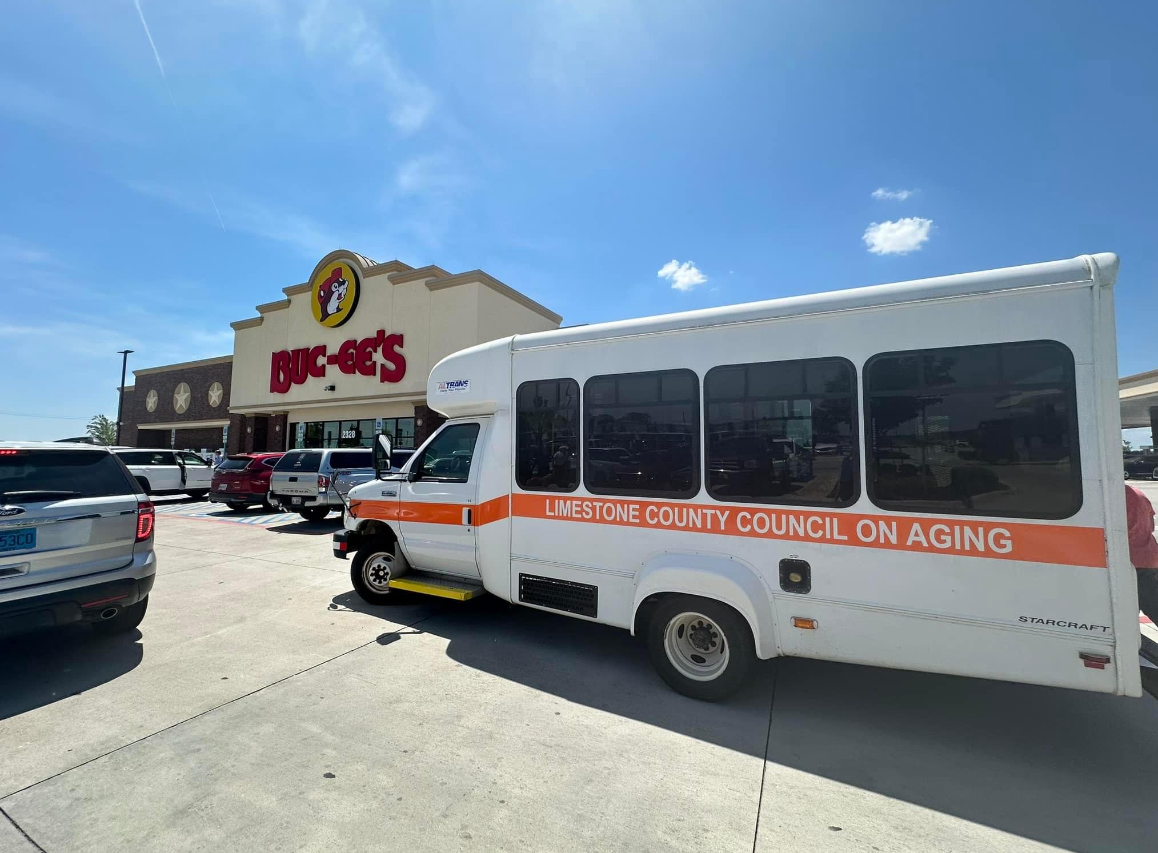City considers ‘calming circle’ for traffic
Published 2:00 am Thursday, April 17, 2014

- The city of Decatur uses traffic-calming circles in Albany Historic District to slow traffic, add beauty and improve neighborhood value. Athens is considering whether to add such a circle at Pryor and Malone streets.
If you live on a street that is busy or frequented by speeders, you’ve probably yelled at a passing car.
An Athens department head is proposing the city calm such motorists in one area and consider doing so in others.
Public Works Director James Rich this week proposed installing what is known as a “calming circle” at the intersection of Pryor and Malone streets in Athens. Various types of traffic-calming devises are used in Decatur, Huntsville and Madison and many other cities throughout the country. The city already has a roundabout on Lindsay Lane.
What Rich has in mind at Malone and Pryor is a small, curbed circle in the middle of the intersection that would be landscaped. Circles works by preventing motorists from barreling straight through an intersection.
“They are a tool to enhance neighborhoods and assure there is no speeding issue,” Rich said.
Rich shared the calming circle idea with City Council members during their premeeting work session Monday. Council members did not discuss the matter or vote to approve it. It is just an idea at this point, but one Rich would like to see implemented in various neighborhoods throughout the city. Rich said the circle at Malone and Pryor would cost about $18,000, with $10,000 of that estimate going to relocate two power poles and a fire hydrant. The city would have to budget the money, if the City Council agrees it should be installed.
Pryor traffic
City Councilman Wayne Harper raised the issue of traffic calming when the city removed the traffic signal at the intersection of Pryor and Sanders streets. He said people in the neighborhood were worried about speeders.
City employees had studied the intersection with counters that not only counted the number of vehicles but also detected how fast motorists were driving and whether they were driving motorcycles, school buses or passenger sedans, Rich said.
Over a two or three-year period studies have not shown a speeding problem, he said. But, there are reasons besides speed to install a calming circle, such as lowering traffic volume or preventing cars from stacking up at intersections. The latter was the reason for installing the calming circle, or roundabout, at Lindsay Lane.
Two doors down
“After studying traffic, the city decided to remove the traffic signal at Pryor and Sanders but they wanted to address the traffic on Pryor,” Rich said. “In trying to keep the context of neighborhood environment that has a designated street to carry a lot of traffic — Pryor — we looked for a way to ensure we didn’t have increased speed.”
The city has installed speed humps — a strip of asphalt mounded into a hump — in other areas but such devices often annoy the very people who want traffic calmed.
“The person who wants them usually wants them installed two houses down from theirs,” Rich said. ‘So, we have a very limited use for those.”
(Huntsville does not use speed bumps or the smaller speed humps, it does use speed tables, which are lower and much less jarring.)
Money
Traffic studies, labor and materials for traffic-calming circles cost money. In years past, the city’s lack of a policy regarding such devices was not really an issue because the city had little surplus to spend. As Mayor Ronnie Marks said while pushing for the 2013 penny sales-tax hike, the city could do little but “kick the can down the road” every year, meaning it had just enough money to fix major roads, replace equipment and attend to other necessities. Now, city leaders are trying to find ways to get some tax dollars into neighborhoods.
“We’ve got an opportunity now to increase the amount of sidewalks and invest in neighborhoods instead of just major thoroughfares,” Rich said.
Way of the future?
There are many points to consider when deciding on whether to install a traffic-calming circle, including access to residents by emergency vehicles such as police cruisers, fire trucks and ambulances.
A policy would provide a way for citizens to request such circles and a way for city officials to study whether it was warranted. (Some cities require residents in a given neighborhood to petition for a circle or speed hump, though other criteria must be met before one is installed.)
A few years ago, Rich suggested the city create a policy regarding calming circles and a prescribed format that would allow residents to apply for one. Such a policy was never passed, but both Madison and Huntsville have them. To see Huntsville’s go online to http://www.huntsvilleal.gov/engineering/TrafficEng/ntcp.php.
“It is an opportunity to discuss traffic-calming and investing in our communities,” Rich said. “When we did the city’s Future Land Use Plan, during the public hearings and community meetings, we heard citizens say they wanted the city to invest back in neighborhoods, whether it be sidewalks, streetlights or whatever makes it safer and improves property values.”





